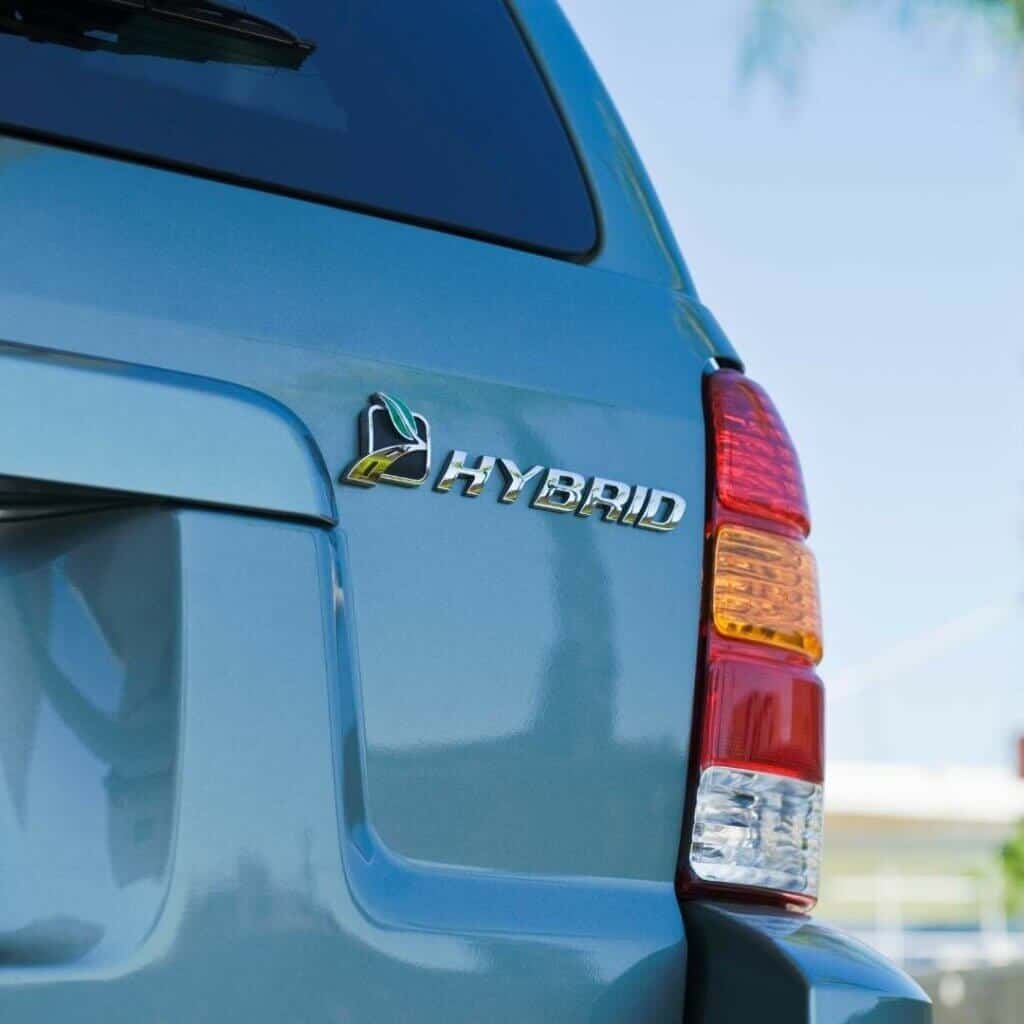Are you familiar with the Subaru transmission problems?
Subaru is one of the most well-known automakers in the world. With several accolades and consistently high ratings for its expected reliability, Subaru has been acknowledged as a reliable brand. For many buyers, dependability and safety are key considerations when purchasing a vehicle.
In 2014, Subaru converted almost all of its vehicles to a Continuously Variable Transmission (CVT), which controls engine speed with pulleys rather than gears [1].
The Subaru WRX has a manual transmission, while the Subaru Crosstrek, Subaru Legacy, Subaru Impreza, and Subaru Outback all have CVTs. A typical four-speed automatic transmission is standard on most Subaru cars from 2013 and before.
There are undoubtedly some negative aspects to all car brands and models. For Subaru, CVT transmission is one of these negative aspects. Many buyers have questioned why Subaru appears to be so determined to keep the CVT transmission in use.
Although Subaru customers have dealt with problems relating to CVT transmissions, such problems only affected a select number of vehicles for a limited period. The CVT offers many advantages. The most often mentioned problems with the Subaru CVT transmission, regardless of model or year, are listed below.
Common Subaru Transmission Problems

- Stalling
Some Subaru owners who have defective CVTs have stated that their vehicles will entirely stall while in motion. There have also been instances where the car wouldn’t go faster than a certain speed.
As an alternative, the automobile accelerates slowly, or it takes a while before any throttle input is recorded. Otherwise, the Subarus would automatically switch to a mode called “limp-home” which significantly limits speed [2].
Your transmission can stall if there isn’t enough fluid in it.
In such an instance, the transmission lines may be leaking and may need to be replaced. Taking your automobile to an auto shop for repair is essential, even if the vehicle should start right up again.
Installing new transmission lines, though still not a simple repair, can ensure that your transmission receives the fluid it needs to function. This solution may be less expensive than buying a new transmission or rebuilding it if it becomes damaged. [3]
- Shuddering and Vibrations
The sudden and occasionally violent shuddering of your Subaru’s CVT transmission is another obvious sign that something is wrong with it. Some owners have stated that this has happened while braking forcefully or even while driving up an incline.
There are numerous reasons for these vibrations. In Subarus, the CVT belt or pulley could be broken. If not, the transmission’s mounts and bearings may have worn out and caused all the trembling.
Simply put, shuddering indicates that debris is clogging up the transmission fluid’s transport pipes. Both old transmission oil and metal shavings floating in the fluid could be the source of this debris [4].
If you want your automobile to last for a long time, the gearbox oil needs to be changed frequently. Change it accordingly to maintain the safety of your vehicle on the road.
- Transmission Fluid Leaking
CVT transmissions need their unique transmission fluid to help with lubrication, just like traditional transmissions do. Many Subaru owners have reported that their CVTs leak transmission fluid from time to time. This problem has been traced to the Subaru CVTs’ deteriorated seals and sealants.
Your CVT is possibly leaking if you detect a pinkish or reddish pool underneath your Subaru. You should consider addressing this problem as soon as you detect it. If you don’t, overheating could damage some components.
NHTSA issued two Technical Service Bulletins on this problem with Subaru’s CVT clamps and CVT seals. According to studies, the oil seal on the input shaft and the oil pump chain cover of the CVT is to blame for the seepage [6].
You must deal with the critical problem of a transmission fluid leak. Even though a minor leak won’t result in any immediate issues, leaving it unattended will seriously harm the transmission. And fixing it will be incredibly expensive.
- Odd Noises
Vehicles with CVTs may naturally operate a little louder than those with standard automatic transmissions. It is said that this is because engines tend to run at higher RPMs and because of how CVTs are programmed [7].
However, pay attention to any strange or unpleasant noises because these may indicate that your CVT is about to fail. If your Subaru CVT is having issues, you can hear a loud whining or rattling sound while you’re driving.
The sort of problem you have will heavily influence how loud the whining noise is when you accelerate. Some can be quickly remedied by a skilled mechanic. Others will take a little more effort and might cost you more money.
Get your automobile serviced periodically, either by yourself or a qualified mechanic, to prevent noises from occurring.
- Overheating
A transmission that is overheating typically indicates that there is internal damage or a fluid problem. Such issues include leaks, low fluid levels, or simply old/dirty fluid moving through the system. The transmission may also experience too much pressure as a result of having too much transmission fluid.
It is prudent to stop driving when this problem occurs to avoid damaging your car any further. Larger transmission problems and potentially serious internal damage will most likely result from this.
You should bring your car to a nearby transmission specialist for a full inspection as soon as you notice any symptoms of transmission difficulties, including overheating.
- Slipping
A CVT transmission that is malfunctioning frequently slips through the gears. This is a frequent issue in Subaru that results from structural issues or insufficient transmission fluid. It raises the risk of gears popping out of gear while you’re driving [10].
A sufficient amount of force must be applied to the metallic multi-plate chain or belt to prevent sliding on the pulleys controlling the gear ratio. Even while a certain amount of slide is acceptable and to be expected from the manufacturer, excessive slip is a sign of major transmission damage.
Transmission slips can occur for a variety of causes, so it is best to have your vehicle checked out by a mechanic before they worsen.
Read Also: Nissan CVT Transmission Problems
Subaru Transmission Repair
Whether a transmission is a CVT or not, repairs can be very expensive. The transmission is a complicated system, thus the cost to fix a particular problem will vary depending on what the problem is. Depending on the brand, model, and severity of the damage, repair charges can vary greatly.
It is advised to have your Subaru inspected right away by a licensed Subaru mechanic if you feel you are having gearbox issues. Your Subaru may be protected by the Subaru Extended warranty if it is less than ten years old, and if the model and year are specified as part of the extension.
Subaru informed owners of impacted vehicles of the warranty extension in July 2017. Unfortunately, you will need to cover the expense of repairs if your Subaru CVT is encountering issues outside of its warranty period.
Compared to conventional automatics, CVTs can require more time and money to repair. One of the reasons for this is the inadequately trained mechanics and lack of parts. You may also need to take into account the additional labor expenditures.
To reach the CVT, the entire engine may need to be removed from some Subaru models. If your Subaru’s CVT is still serviceable, a few easy fixes might be all it takes to get it up and running again. Repair and replacement of particular parts often cost between $1,000 and $2,500.
You will, however, be forced to replace the entire CVT on your Subaru if it is completely beyond repair. On average, new transmissions can run you a staggering $7,000 to $8,000. But refurbished or secondhand CVTs can be purchased for less than half that price.
Read Also: Ford Territory Problems
Conclusion
Subaru was a pioneer in the use of CVT transmissions. And its Lineartronic CVTs are seen in several well-known vehicles. The Forester, Crosstrek, Outback, Legacy, Impreza, and Ascent are among them. More powerful Subaru cars such as the WRX are powered by a CVT.
However, there are a few concerns with Subaru’s CVTs that you should be aware of. The most frequent early failure indicators in various Subaru CVTs have been stalling or sluggish acceleration. Investigate any trembling, vibrations, strange noises, or transmission fluid leaks. The fact that Subaru extended the warranty on these CVTs is a good thing in this situation.
By design, CVT transmissions are less complex than traditional automatic gearboxes in terms of the number of moving parts. Theoretically, this should imply that CVTs are less likely to experience problems. However, to guarantee the highest level of dependability, you must be meticulous when maintaining your CVT, such as doing routine transmission fluid changes.
Read Next: Are Hybrid Cars More Expensive To Maintain




